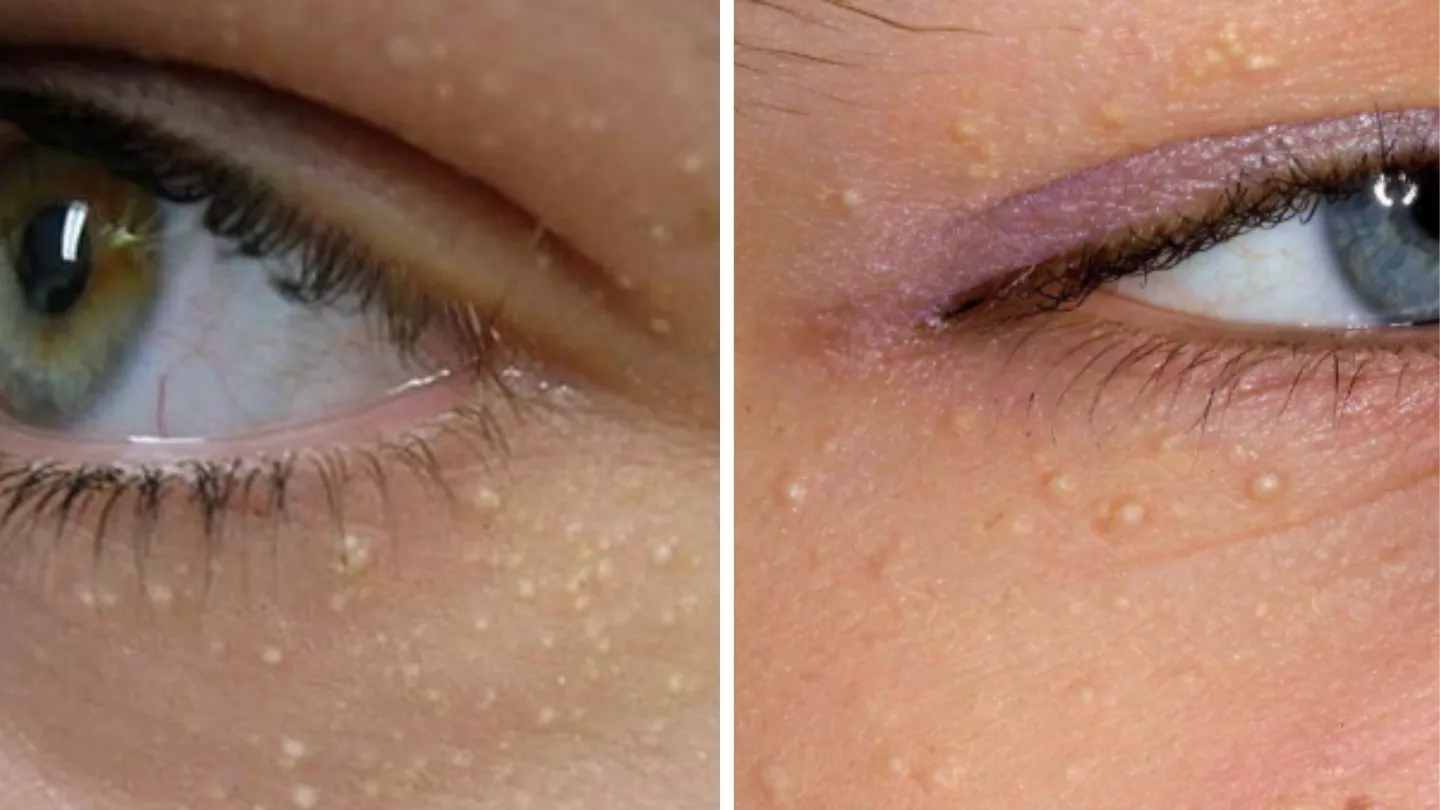Facial skin presents milia as tiny white bumps that affect people of any age group. The skin displays these tiny hard cysts which contain keratin substances located beneath surface skin areas.
Milia resemble whiteheads in appearance yet they differ because they emerge from skin cell deformities instead of bacteria or pore blockages.
Dead skin cells trap underneath the skin because they fail to naturally exit their position when milia formations occur.
Newborns commonly get milia because their skin remains immature yet this problem normally disappears by itself. The skin condition milia in adults stays persistent for multiple months up to years which might need expert medical treatment.
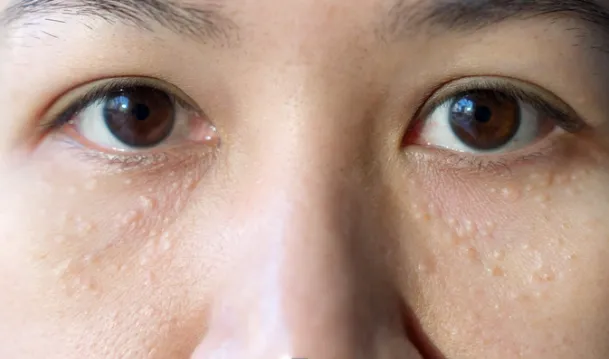
The areas around the eyes and nose along with the cheeks experience the majority of bumps because these locations have thin skin that is easily injured.
Milia can appear in various body sections beyond the face since these skin bumps occur on the arms and chest area.
Milia exists in distinct forms which doctors split into groups based on origin and target population groups.
Birth-related milia form in newborns and distinct from the skin conditions that develop in children and adults who have no skin damage.
Secondary milia tends to develop because of skin damage that occurs after burns or blister injuries or from long-term usage of thick skincare products.
Milia development occurs when genetic situations or individual autoimmune disorders exist.
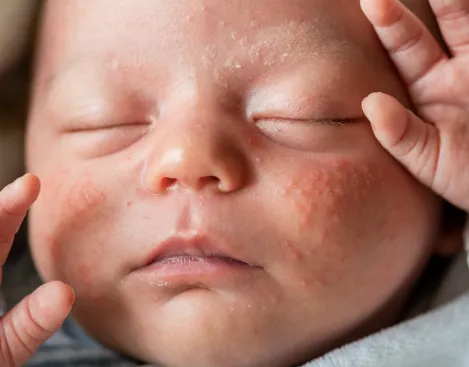
Milia normally disappear naturally without treatment because the majority of such skin problems resolve independently. Some patients request medical removal of milia when the bumps appear on noticeable body parts.
Dermatologists can identify milia by looking at the skin since these skin bumps present a unique appearance. A skin biopsy happens infrequently for doctors to exclude other medical conditions.
Professional advice suggests avoiding at-home removal of milia since this practice may create scarring or develop infections. Due to their lack of surface opening milia become difficult to extract from the skin compared to acne.
Several safe medical procedures exist to help people remove their milia. The common medical procedures for small cysts removal involve cryotherapy in combination with laser treatments and chemical peels.
The dermatologist performs deroofing through sterilized needle insertion for controlled cyst entry to remove its contents. The procedure takes little time while remaining almost painless and leading to minimal scarring risk.
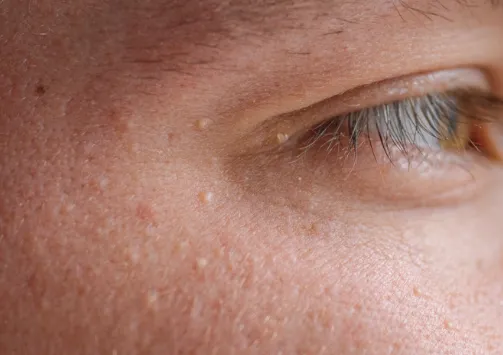
Skin exfoliation occurs when applying topical retinoids with vitamin A which reduces milia formation. The skin uses these creams to perform cell turnover faster which leads to efficient dead cell shedding.
Gentle chemical peels applied to the skin help prevent milia formation by keeping skin pores clear. Salicylic acid as well as glycolic acid and lactic acid can be found in recommended skincare products.
People who seek natural cures should try tea tree oil combined with honey as these components reduce inflammation while stopping new milia from developing.
These alternative methods prove to be less effective than what clinical treatments provide.
People who want to avoid milia development should practice standard skincare practices which incorporate both gentle cleansing and exfoliating methods.
Lightweight non-clogging skincare products should be used to minimize the development of milia lesions.
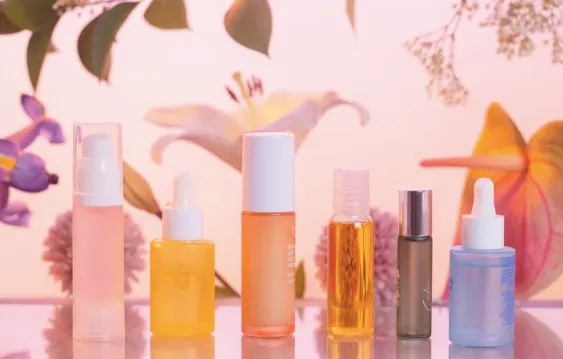
Sunscreen plays a vital role in defense against skin damage which enhances the potential for milia formation. People need to daily use sunscreen that is broad-spectrum with SPF 30 or higher.
Most people get frustrated by milia since they keep coming back even though the condition itself is harmless. Milia presents no danger to health but they prove obstinate to medical intervention-free removal.
Several individuals worsen their milia by trying to extract them through squeezing or popping. Milia bumps lack the fluid and pus content which means they cannot be treated with methods used to pop other pimples.
Seeking medical help from a dermatologist stands as the wisest approach when people aim to treat their milia instead of attempting home-based remedies.
The removal process performed by professionals protects skin health by avoiding any avoidable harm.

Milia exists as a minor yet tenacious skin complaint which impacts everybody regardless of age.
Individuals who want quickest removal of these bumps should seek professional treatment even though the bumps tend to resolve without medical intervention.
Feature Image Credit: CanvaPro

